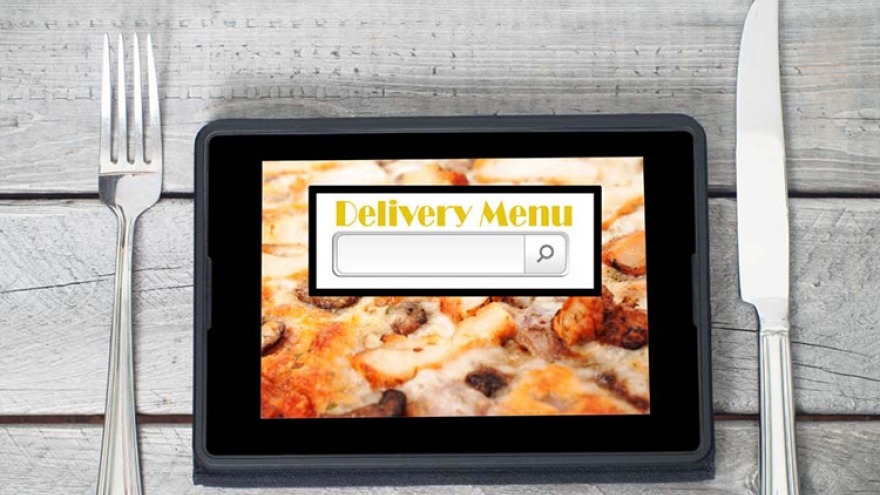Online food order market booms
The Vietnamese online food ordering market worth US$33 million is controlled mostly by foreign players.
 |
Launched in HCMC in mid-May 2018 in five districts, GrabFood, the online food ordering service, is now available in all districts of HCM City.
In early August, Zalo Group put Zalo Food service into trial use with the beta version available in some users’ apps.
At the same time, Go-Viet began providing the services of transport connection and goods delivery and is moving ahead with food delivery, grocery shopping and e-payment services.
In the market, Delivery Now (Foody) is considered a ‘veteran’. Vietnammm.com of Takeaway Group from the Netherlands, which cooperates with over 2,000 restaurants nationwide, is also a well known name.
Lala, a project of Scommerce operating under the mode of sharing economy, is one of a few food delivery services owned by Vietnamese. In addition, eat.vn and chonmon.vn belonging to VCCorp have also become better known recently.
The competition has become stiff as e-hailing apps and IM (instant messaging) software are also using the food ordering function. Service providers compete not only by offering big discounts but also by improving service quality and shortening the delivery time.
No 1 Nguyen Thi Minh Khai Str in HCM City is the place for Foody to gather food from shops and restaurants. Food is processed and packed there before transferred to delivery drivers.
Kieu, a saleswoman of Huynh Ky Rice Shop, said the shop receives 30 orders on average via No 1 Nguyen Thi Minh Khai. Other shops confirmed that their revenue has increased by 20-30%.
A report of Euromonitor shows that the Vietnamese online food ordering market is worth US$33 million this year and is expected to be US$38 million by 2020.
The average growth rate of the market is 11%. However, the larger part of the market is being controlled by foreign owners, including Foody where Singaporean SEA holds the controlling stake, Grab to Malaysia and Go-Viet to Indonesia.
An analyst commented that each service provider has its own advantages. The advantage of GrabFood, for example, is that all users’ demands can be satisfied with just one app, from transportation to goods and food delivery.
As for Foody, the advantage lies in the brand recognition as Foody appeared in Vietnam early.
Meanwhile, Lai Tien Manh, a branding expert, commented that in the competition in the online food ordering market, brand recognition does not play the decisive role, but the most important factor is the service quality.
“This kind of service requires fast delivery speed, accuracy and professionalism. And foreign firms seem to do these things better,” Manh said.
He commented that the changes in consumption habits have brought great opportunities to food ordering and delivery service providers. However, big market potential does not mean big opportunities for Vietnamese firms.

